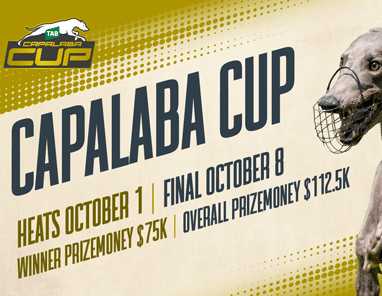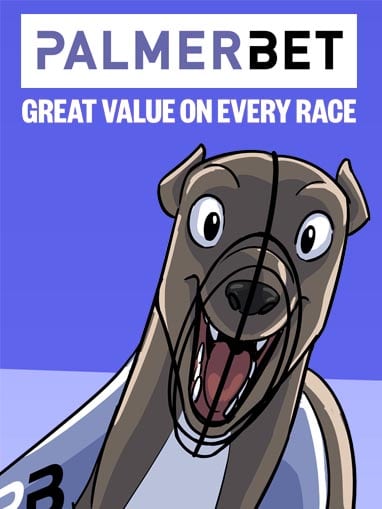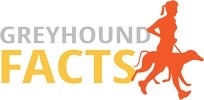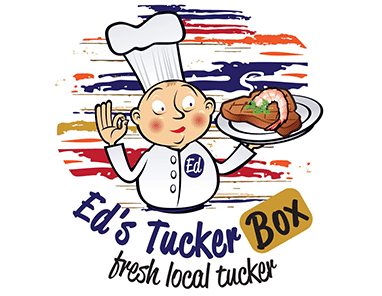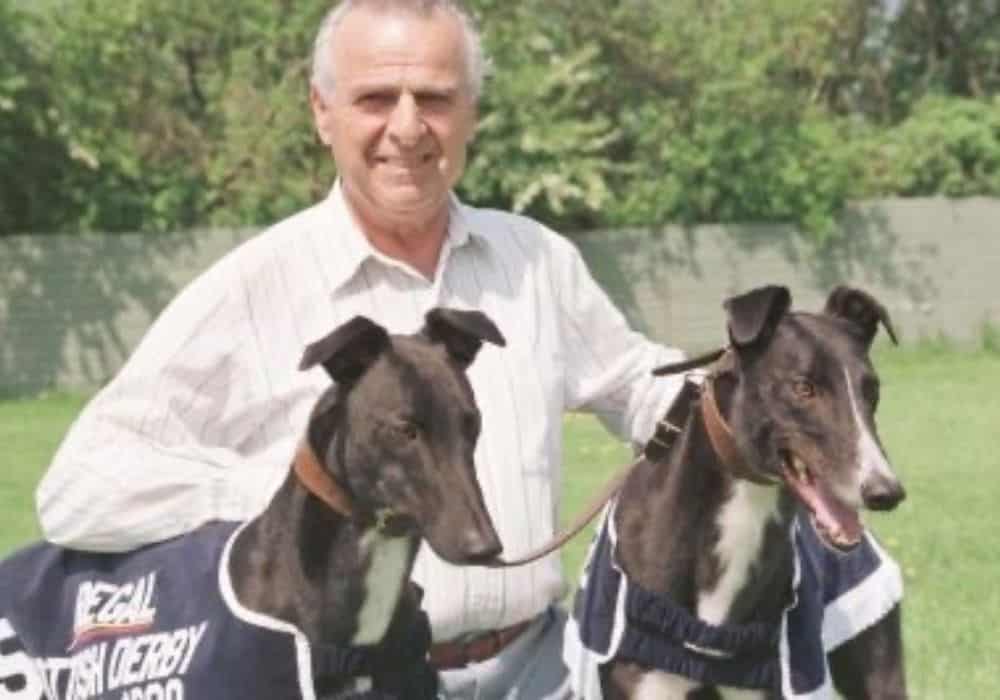
By DAVID BRASCH
THESE days, Tony McGrath is settled in a retirement home not far from his former Shepparton property where many a great, great greyhound was bred and reared.
Tony’s health has not been the best and a little while ago he lost a leg because of it.
But he copes and still takes an avid interest in all things greyhound racing. Tony’s son Carl bought his dad’s property at Shepparton and continues a scaled-down breeding operation while flitting between that and his job as Shepparton Club manager.
Despite his health problems, Tony still takes time to go greyhound racing and is always willing to lend advice on breeding and rearing future young stars. He’s been doing that for decade after decade and the advice he has, while mostly common sense, is proven.
Tony says right from his very first venture into the industry he was learning the rights and wrongs of how he should approach this new fascination.
“I was always a punter and got lured into buying a pup,” he said. “It was a bitch called Gay Paso who became a city winner who won on nine different tracks.”
A bitch like Gay Paso, most would argue, would be a natural as a successful broodbitch.
“Of course I bred from her,” said Tony. “Like any first time owners, I got wrapped up in her. But, the rest of her litter didn’t do a lot and Gay Paso’s pups were not up to scratch.”
It taught Tony a valuable lesson.
“Success in greyhound racing is all about getting a good line,” he said. “It is all about the damline. Breeders have got to keep upgrading their lines.”
Soon after the failure of Gay Paso, he bought a sister to a Shepparton Cup winner and while she proved a success, Tony wanted better.
“I knew Shirley Watkins, Bob Doak’s daughter. I went to Bob’s property in Sydney purposely to see what he did and how he ran his set-up. Eventually I bought a daughter of Kim’s Monaro the great race bitch with which Bob won the Australian Cup and Vic Peters,” he said.
She did not live up to what Tony was after and he got rid of the bitch.
“I was very keen to learn and would take the opportunity to visit the best greyhound properties to see their methods, the way they bred and reared,” he said.
“One of those was Allan Wheeler’s property at The Oaks. I got to have long talks with Allan and he had a very good system. It was never a surprise to me that the Wheeler family got results. It was virtually guaranteed.”
While Tony admits he has been to some inspirational greyhound properties, he also says he’s visited ‘some very rough places’ as well.
“Successful production of greyhounds is a combination of all things, feeding, the right exercise and handling,” he said. “But many people don’t take enough notice of their lines. For instance, they will take an over the top bitch to an over the top sire. What do they think that will achieve other than a litter mostly of pups that are over the top.
“In the many decades I have been breeding, the one thing that stands out is the best producers are calm and good natured. It is why I got rid of the daughter of Kim’s Monaro.”
Allan Wheeler would not sell quality producers, but Tony was able to tap into the Wheeler line in a roundabout way.
“At the time, Jim and Christine Coleman had the champion bitch Odious,” said Tony. Odious (Proper Prince-Oddnik) won the Australian Cup, Laurels, set the track record at Sandown, and became the dam of champion General Jeff.
Oddnik, her mother, was a daughter of the Wheeler family’s famed foundation bitch Gail’s Beauty. Money had won out and premier bookie Terry Page was able to buy Odious from Allan Wheeler.
Tony McGrath had to get into the line by hook or by crook.
“I got the opportunity to buy a bitch called Oddsome, a daughter of He’s Some Boy and Oddnik, from Bob Smith,” said Tony. “She suffered from arthritis. It was on Allan Wheeler’s recommendation I chased up that line.”
Oddsome was the start of the ‘Proven’ line that has been providing Tony McGrath with Group stars from the late 1970s to the current time.
While Tony had found his damline, he was also set up for success. He’d garnered all the requirements of successful rearing from those many visits to the leading greyhound properties around the country.
Legends like Rod Deakin and Noel Banks were also quick to give him advice whenever asked.
“The feeding routine is bones for calcium, meat for protein, fat for carbohydrates,” he said. “We feed meat meal, high grade kibble, full cream powdered milk and often fed wholemeal or wholegrain bread.
“Our pups were all reared in three–metre–wide by 70–metre long runs and while we had success this way, I believe the Wheeler rearing in big paddocks is by far the best system.”
A visit to Paul Wheeler’s lavish and extensive property near Young in NSW opened his eyes even further.
“The Wheeler operation gets a phenomenal number of the pups they breed to the track and as winners,” he said. “My own figures were 85 percent of those we kept got to the racetrack. But, those we sold saw the numbers drop dramatically.”
He is adamant breeders are not critical enough of their bitches.
“Most do not look at their bitch’s faults,” he said. “I was the same with the first bitch I bred with.
“The example I often use is the former great race bitch Mint Magic. She won a Topgun and the Tweed Galaxy twice, but to be critical of her, she was not very strong. It was the fault in her make-up.
“So, when she was mated to Go Wild Teddy, a speed sire, I could not believe it.”
Tony admits he spent many, many hours selecting a sire for his bitches.
“People would not realise just how much work went into it,” he said. “A lot of people think it is all luck when selecting a sire. They don’t really understand what goes into it.”
He has always been particular about the qualities of bitches he used.
“They have got to show sheer speed at some stage of their career,” he said.
“Of course, it is still possible to breed with a lesser bitch of a successful litter and hope for success. I always believe a bitch being used at stud must have racetrack ability. I would still rather breed off the best.
“One advantage of developing from a very good damline is that when we come across a successful cross with those lines, we can keep going back to that sireline.”
Paul Wheeler has been particularly successful in doing this.
Champion Barcia Bale was by Go Wild Teddy-Princess Bale.
That great Tomac Bale was by Go Wild Teddy’s son Dyna Lachlan-Princess Bale. Also in this litter was Searle Bale who, when mated to Fernando Bale, produced G1 winner Hecton Bale.
“Paul Wheeler is a smart businessman,” said Tony. “There is no such thing as luck in what he achieved.
“But, there are also a number of boutique breeders who do a good job.”
Tony McGrath developed his own branch of a spectacular damline, that of Gail’s Beauty. The great South Australian sprinter and now leading stud dog, Worm Burner, traces directly to the McGrath branch of this line.
Oddsome is his seventh dam.
Tony’s legacy is ‘proven’. He was a good student of all those greyhound racing legends all those years ago.



